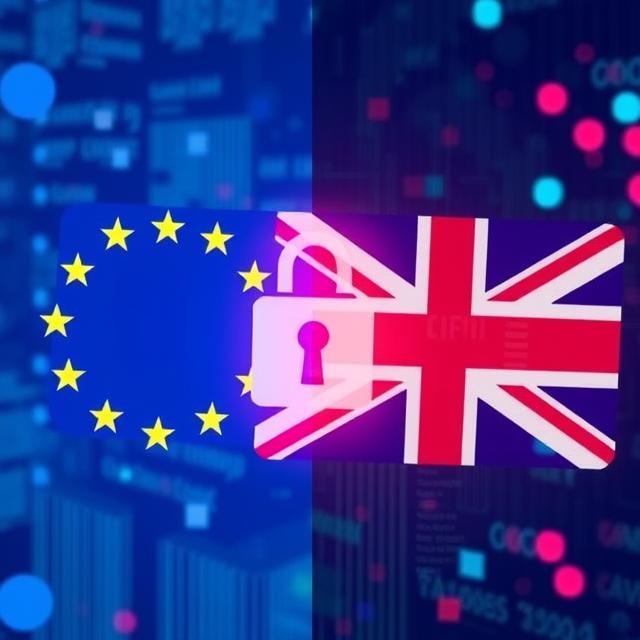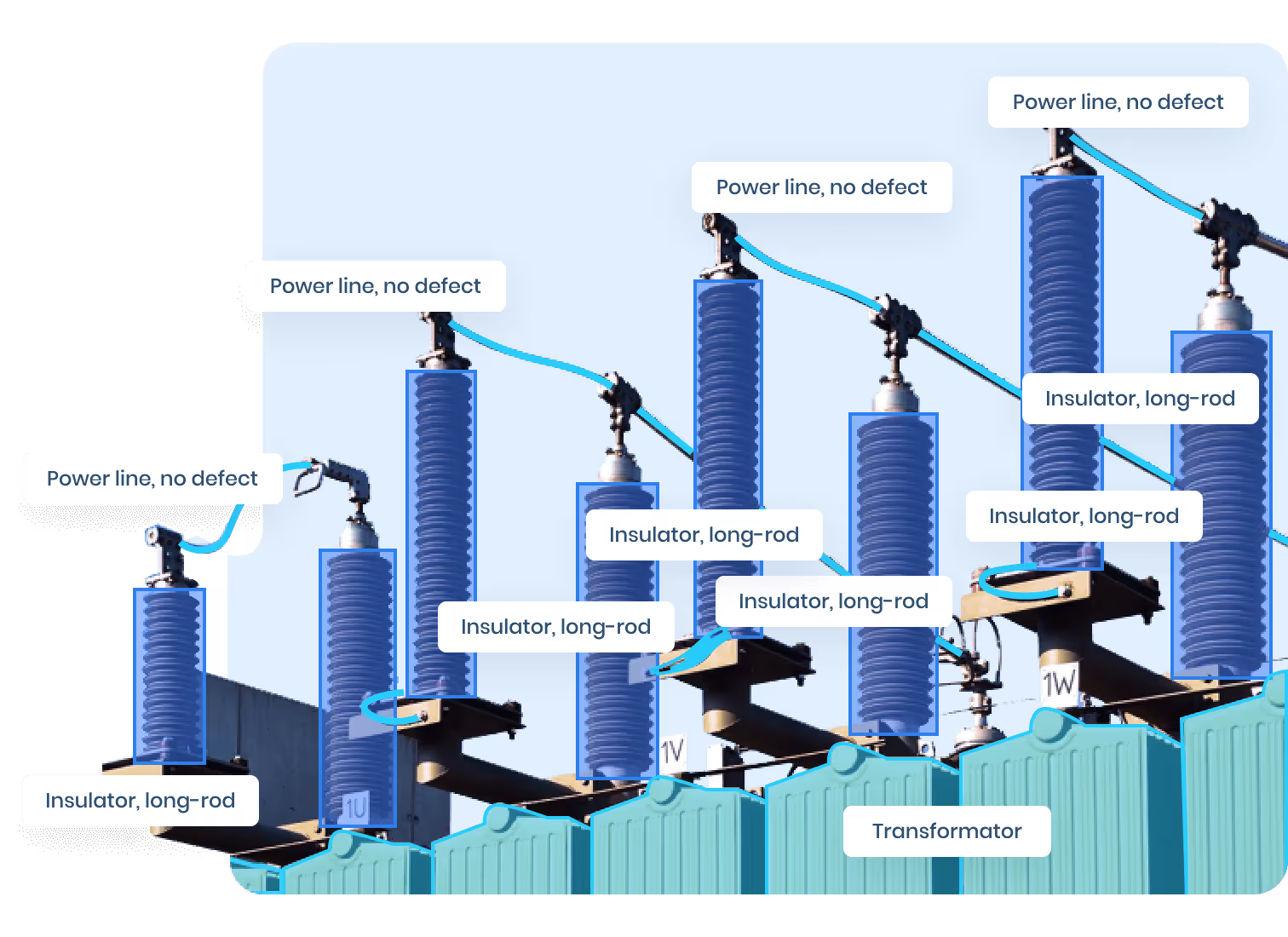Expanding into the U.S. as a UK AI startup offers enormous potential—especially for companies working in sectors like Healthcare, security, and enterprise software. But regulatory compliance is not just a formality. It’s a strategic lever and often a deal-breaker. The General Data Protection Regulation (GDPR) and the Health Insurance Portability and Accountability Act (HIPAA) are two distinct yet equally formidable frameworks that govern how data must be handled in their respective jurisdictions.
Understanding the interplay between GDPR vs HIPAA is not just a box-ticking exercise. It can define your eligibility for cross-border contracts, your ability to collect and annotate medical or biometric data, and your credibility with partners, investors, and regulators alike. For companies engaging in global data annotation, especially in regulated industries, this knowledge is critical.
Two Data Laws, Two Philosophies
At the heart of the confusion lies a difference in regulatory mindset. GDPR is broad and applies to all personal data collected in the EU and UK, while HIPAA is narrowly focused on "protected health information" (PHI) and only applies to certain entities operating in healthcare.
- GDPR is rights-based: It empowers individuals by giving them control over how their personal data is collected, stored, and shared.
- HIPAA is rules-based: It enforces strict safeguards over medical data, but only within specific institutions like hospitals, insurers, and their business associates.
If you're a UK AI company that collects, processes, or labels patient data—even indirectly—you’ll likely be caught under both. But how they overlap (or don't) can drastically change your obligations and how you structure international AI compliance.
Understand the differences between GDPR and HIPAA with annotation solutions tailored to each — like Medical Image Annotation for health data and Text Annotation for documents.
What Counts as Regulated Data?
This is where many AI teams trip up. Not all health-related data is subject to HIPAA. Conversely, GDPR defines personal data more broadly, including pseudonymized or indirectly identifying information.
Under GDPR, regulated data includes:
- Names, ID numbers, health records
- Facial images (biometric data)
- Location data or behavioral patterns linked to an individual
Under HIPAA, regulated data is limited to:
- Individually identifiable health information held or transmitted by covered entities
- De-identified data is no longer subject to HIPAA—if done correctly under its safe harbor method
This distinction becomes especially critical in computer vision and AI-based diagnostics, where image data is used in training models. If your U.S. partners expect HIPAA-level de-identification, but you're still tagging UK patient data under GDPR definitions, your global data annotation process might not align. Our Custom AI Projects help clients meet both regional and sector-specific compliance requirements.
Annotation Outsourcing? Mind the Jurisdiction
Many UK startups use third-party vendors or offshore teams to accelerate annotation workflows. While GDPR offers certain flexibilities through Standard Contractual Clauses (SCCs), HIPAA adds layers of contractual and technical obligations, especially when PHI is involved.
Key questions to ask before outsourcing:
- Is the annotation vendor a HIPAA Business Associate?
- Do they sign a Business Associate Agreement (BAA)?
- Are datasets de-identified in line with HIPAA standards?
- Does the team have GDPR training, and are Data Processing Agreements (DPAs) in place?
Outsourcing can work—especially for Image Annotation tasks—but you must carefully navigate data localization laws and cross-border transfer regulations. Companies engaging in global data annotation must develop frameworks that satisfy both sets of requirements. Both GDPR and HIPAA can carry hefty penalties for non-compliance, ranging from administrative fines to lost business.
Privacy by Design Is Not Optional
Both GDPR and HIPAA require privacy to be embedded into your technical architecture. For AI companies, this means:
- Access controls to limit who sees raw data
- Audit trails to track model training activities
- Data minimization so you're not collecting unnecessary fields
- Encryption in transit and at rest
These aren't just security features—they are regulatory requirements. In fact, the UK's Information Commissioner's Office (ICO) and the U.S. Office for Civil Rights (OCR) both explicitly state that privacy must be built into software from day one.
If you’re building computer vision pipelines that include sensitive footage (e.g., hospital surveillance, remote diagnostics), these considerations are even more critical to meet international AI compliance expectations.
When Are You a “Business Associate” Under HIPAA?
For UK companies, this is one of the most misunderstood concepts. You don’t need to be based in the U.S. to be subject to HIPAA. If you're contracted by a U.S. hospital, insurer, or clinic to handle PHI, you become a Business Associate under U.S. law.
This means you’ll be responsible for:
- Signing a BAA
- Adhering to the HIPAA Security and Privacy Rules
- Reporting data breaches to both clients and regulators
De-identification: Two Standards, One Dataset?
A common trap: believing a dataset is “safe” just because it’s been de-identified under HIPAA.
GDPR has no formal de-identification threshold. Instead, it uses the concept of pseudonymization and risk of re-identification. Even if facial features are blurred or metadata stripped, GDPR may still consider the data personal if it can be traced back with reasonable effort.
The safest approach?
- Use both standards when preparing datasets for cross-border use.
- Keep separate processing logs for EU/UK and U.S. operations.
- Avoid reusing data unless explicitly permitted under both frameworks.
This dual-standard strategy is essential for any global data annotation pipeline that supports international AI compliance.
Consent: Not the Same on Both Sides
GDPR requires explicit consent for processing sensitive data, including health-related or biometric information. HIPAA, on the other hand, allows processing without individual consent under specific “treatment, payment, and operations” purposes.
This means:
- You may need to collect additional consents for the same dataset to comply with GDPR.
- AI projects relying on implied or institutional permissions may be non-compliant in the UK/EU.
Also important: GDPR allows individuals to revoke consent, requiring you to remove their data (right to erasure). HIPAA has no such provision.
If your dataset includes jointly sourced data from the UK and U.S., you must plan for dual-compliance workflows—especially for training datasets, audit records, and model versioning. That’s the heart of international AI compliance.
Data Transfers Post-Brexit
Post-Brexit, the UK has its own version of GDPR—the UK GDPR—but it remains substantially aligned with the EU’s original framework. However, cross-border data flows now require separate legal mechanisms.
For UK-to-EU transfers:
- No restrictions (adequacy agreement still valid)
For UK to U.S. transfers:
- You must use SCCs, or
- Participate in the UK Extension to the EU-U.S. Data Privacy Framework (if your U.S. partner is certified)
Ignoring this could render your international data flows illegal, even if you’re technically following GDPR inside your platform. For global data annotation teams working with U.S. clients, this step is critical.
Liability and Enforcement: Who Watches You?
- GDPR is enforced by the ICO in the UK and equivalent Data Protection Authorities in each EU country. Fines can reach £17.5 million or 4% of global turnover, whichever is higher.
- HIPAA is enforced by the U.S. Department of Health and Human Services (HHS), with fines up to $1.5 million per year, per violation type—and criminal penalties in extreme cases.
Don’t assume you’re too small to be noticed. In recent years, both regulators have increased scrutiny of AI startups, especially those working with unstructured health data and global data annotation processes.
Strategic Tips for UK AI Companies Expanding to the U.S.
🗌 Map your data flows from acquisition to annotation to model deployment. Know exactly where regulated data lives.
🧠 Train your team on both GDPR and HIPAA. Misunderstandings are a major source of non-compliance.
🔐 Invest in tooling for access control, consent tracking, and auditability from the start—don’t retrofit compliance.
📄 Use dual-layer contracts that address GDPR and HIPAA obligations side-by-side when dealing with U.S. healthcare clients.
🌐 Partner with data protection-savvy vendors who already operate in both regulatory environments.
Navigating the Future of AI Compliance
As regulatory landscapes evolve, so must the AI companies building data-driven solutions. UK startups entering the U.S. market have much to gain—but also much to prove. Whether you’re building medical imaging models, retail analytics, or smart surveillance systems, how you handle sensitive data will increasingly shape your global trajectory.
GDPR vs HIPAA may not speak the same language, but understanding both is now the price of entry into international growth and trusted global data annotation.
Looking to Navigate GDPR vs HIPAA Without Slowing Down?
Your growth shouldn’t be held back by compliance complexity. If your startup handles cross-border datasets or builds vision models that rely on global data annotation, we’re here to help. At DataVLab, we support UK AI companies in achieving seamless, audit-ready international AI compliance—without compromising speed or scale.
Let’s plan your next move together. Contact DataVLab
Whether you’re working in healthcare, insurance, or the public sector, we can adapt your data pipeline with tailored annotation workflows.


























